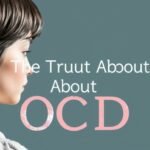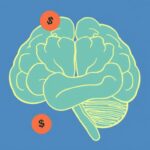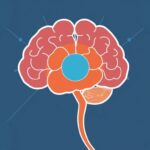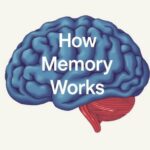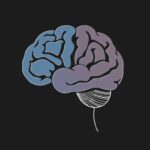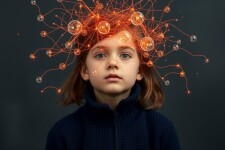Schizophrenia is one of the most misunderstood mental health conditions, often surrounded by stigma and misinformation. When people hear the word “schizophrenia,” they frequently imagine extreme cases portrayed in movies or television—dangerous, unpredictable, or even violent individuals. However, the reality of schizophrenia is much more complex and nuanced. Understanding the symptoms and challenging the misconceptions can pave the way for better empathy, support, and treatment for those affected.
In this article, we will explore the key symptoms of schizophrenia, delve into the variety of manifestations this disorder can have, and address the common misconceptions that have persisted over time. By the end, you will have a clearer understanding of what schizophrenia truly is, helping to reduce fear and promote acceptance.
What Is Schizophrenia?
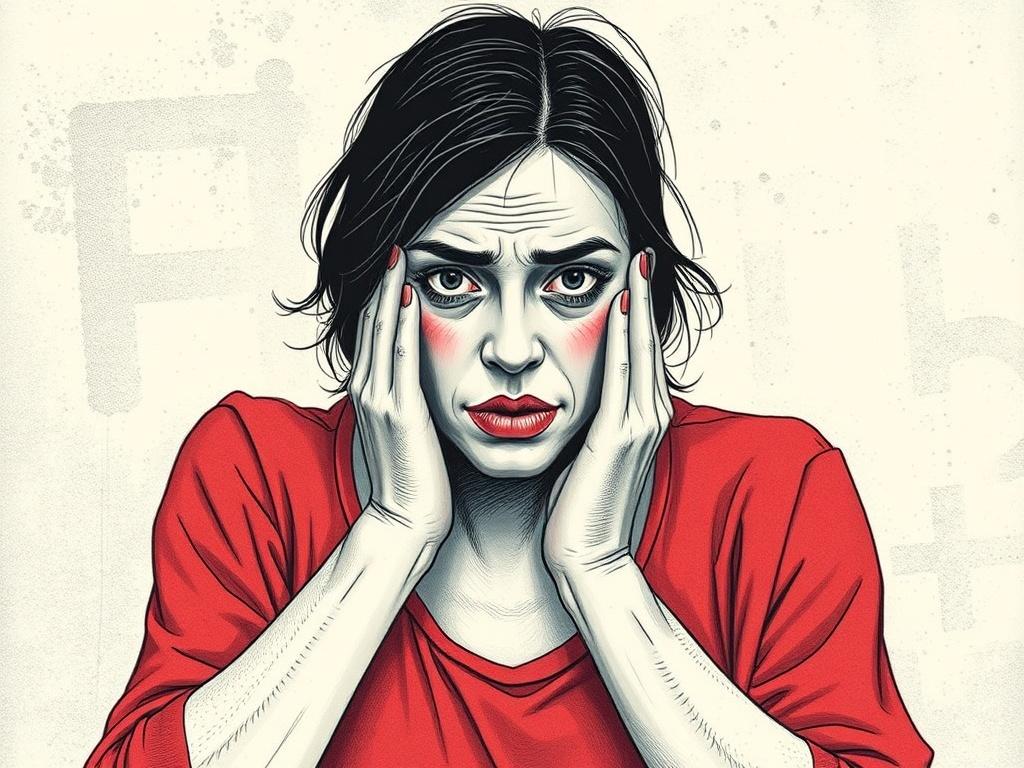
Schizophrenia is a chronic mental health disorder that affects how a person thinks, feels, and behaves. People living with schizophrenia may seem like they have lost touch with reality, which can be incredibly distressing for them and those around them. It typically emerges in late adolescence or early adulthood, but symptoms can appear earlier or later in life.
The exact cause of schizophrenia is not fully understood, but it involves a combination of genetic, brain chemistry, and environmental factors. Imbalances in neurotransmitters like dopamine and glutamate, hereditary predisposition, and stressful life events all appear to contribute to the onset of the disorder.
While schizophrenia is considered severe, it’s important to recognize that many individuals with this diagnosis can lead fulfilling lives with proper treatment and support.
Recognizing the Symptoms of Schizophrenia
One of the challenges in understanding schizophrenia is that its symptoms can vary widely from person to person. The symptoms are generally divided into three categories: positive, negative, and cognitive.
Positive Symptoms
Positive symptoms are “added” experiences beyond normal functioning. They might include:
- Hallucinations: Seeing, hearing, or feeling things that aren’t there. Auditory hallucinations, such as hearing voices, are the most common.
- Delusions: Strongly held false beliefs that aren’t based in reality, like believing one has special powers or is being persecuted.
- Thought Disorders: Disorganized thinking that makes it difficult to communicate or understand logical ideas.
- Movement Disorders: May range from agitated movements to catatonia (lack of movement or response).
Negative Symptoms
Negative symptoms refer to reductions or losses of normal functions. These include:
- Flat Affect: Reduced expression of emotions, appearing emotionally “flat.”
- Alogia: Poverty of speech, where the person says very little.
- Avolition: Lack of motivation, making it hard to start or complete tasks.
- Anhedonia: Inability to experience pleasure.
Cognitive Symptoms
Cognitive symptoms involve problems with thinking processes such as:
- Poor Executive Function: Difficulty understanding information and using it to make decisions.
- Trouble Focusing: Easily distracted and difficulty paying attention.
- Memory Problems: Difficulty recalling recent events or retaining new information.
Common Misconceptions About Schizophrenia
Misunderstandings about schizophrenia are widespread and can cause harm by fostering stigma and isolation. Let’s address some of the most common misconceptions:
Misconception 1: Schizophrenia Means Having a Split Personality
Many people confuse schizophrenia with dissociative identity disorder (formerly known as multiple personality disorder). Schizophrenia does not involve having different personalities or “split” personas. Instead, it involves disruptions in perception and thinking.
Misconception 2: People with Schizophrenia Are Violent
Although some media portrayals link schizophrenia with violence, research indicates that most individuals with schizophrenia are not violent. In fact, they are more likely to be victims rather than perpetrators of violence. With proper treatment, violent behavior can be reduced or prevented.
Misconception 3: Schizophrenia Is Caused by Poor Parenting or Personal Weakness
Schizophrenia is a medical condition with biological and environmental causes, not a result of bad parenting, lack of willpower, or weak moral character. This myth can unfairly blame families and hinder individuals from seeking help.
Misconception 4: Schizophrenia Is Untreatable and Leads to a Life of Hospitalization
While schizophrenia is a chronic illness, many people achieve significant symptom control through medication, therapy, and support. Early diagnosis and comprehensive care can help individuals live independently and pursue goals.
Diagnosing Schizophrenia: What to Expect
Diagnosing schizophrenia involves a thorough evaluation by a mental health professional. The process usually includes:
- Clinical Interview: A detailed discussion about symptoms, medical history, and psychiatric history.
- Physical Exam and Tests: To rule out other causes like neurological disorders or substance abuse.
- Symptom Criteria: Using guidelines such as those from the Diagnostic and Statistical Manual of Mental Disorders (DSM-5), symptoms must be present for at least six months, including at least one month of active symptoms.
Treatment Options for Schizophrenia
Although schizophrenia is a lifelong condition, effective treatments can help manage symptoms and improve quality of life. Treatment typically involves a combination of medication, therapy, and support services.
Medications
Antipsychotic medications are the mainstay of treatment, targeting positive symptoms like hallucinations and delusions. They work by adjusting the brain’s neurotransmitters, particularly dopamine. Newer antipsychotics often cause fewer side effects, improving adherence.
Psychotherapy and Counseling
Psychosocial therapies address cognitive and negative symptoms. These include:
- Cognitive Behavioral Therapy (CBT): Helps people cope with symptoms and challenge distorted thoughts.
- Social Skills Training: Improves communication and interpersonal skills.
- Family Therapy: Involves family members to provide support and education about the disorder.
Support Systems
Living with schizophrenia requires multifaceted support structures. Supported employment, housing assistance, and peer support groups can make a big difference in maintaining independence and reducing isolation.
Living with Schizophrenia: Challenges and Triumphs
Life with schizophrenia is not simply a narrative of struggle and limitation. Many individuals live meaningful, productive lives when they receive appropriate care and support. Still, daily challenges exist, such as coping with social stigma, managing symptoms, and navigating complex healthcare systems.
Building awareness about schizophrenia not only helps those diagnosed but also enriches our collective understanding of mental health. It’s essential to foster environments where people feel safe to seek help and share their experiences.
Comparing Schizophrenia Symptoms With Other Mental Health Disorders
Understanding how schizophrenia differs from other disorders can clarify its unique challenges. The table below highlights some key differences:
| Mental Health Disorder | Primary Symptoms | Typical Onset Age | Treatment Approaches |
|---|---|---|---|
| Schizophrenia | Hallucinations, delusions, disorganized thinking, negative symptoms | Late teens to early 30s | Antipsychotics, psychosocial therapy |
| Bipolar Disorder | Mood swings between mania and depression | Late teens to 20s | Mood stabilizers, psychotherapy |
| Major Depressive Disorder | Persistent sadness, loss of interest | Any age, commonly in 20s-40s | Antidepressants, therapy |
| Schizoaffective Disorder | Symptoms of schizophrenia + mood disorder | Late teens to 30s | Antipsychotics, mood stabilizers, therapy |
Tips for Supporting Someone With Schizophrenia
If you have a friend or family member with schizophrenia, your support can be invaluable. Here are some practical tips to keep in mind:
- Be Patient: Symptoms can be confusing and frustrating; patience helps build trust.
- Learn About the Disorder: Educate yourself to better understand what they are going through.
- Encourage Treatment: Support adherence to medication and therapy without being forceful.
- Listen Without Judgment: Provide a safe space for them to express feelings and thoughts.
- Promote Independence: Encourage meaningful activities and goals while providing assistance when needed.
Future Directions in Schizophrenia Research and Treatment
Advances in neuroscience, genetics, and pharmacology are opening new possibilities for understanding schizophrenia. Researchers are exploring personalized medicine, which tailors treatment to the individual’s genetic profile and specific symptoms. Early intervention programs aim to catch the disorder before severe symptoms develop, improving long-term outcomes.
New therapeutic approaches also include digital tools like apps for symptom tracking and virtual reality for social skills training, making care more accessible and engaging.
Summary of Schizophrenia Facts
| Fact | Details |
|---|---|
| Prevalence | About 1% of the global population |
| Gender Differences | Onset earlier in males; symptoms may vary |
| Life Expectancy | Shortened by 10-20 years, often due to comorbid conditions and lifestyle |
| Stigma | Remains a major barrier to treatment and social inclusion |
How to Break the Stigma Around Schizophrenia
Stigma can prevent individuals from seeking help and living openly with their diagnosis. Communities and individuals can take steps to challenge stigma:
- Open Conversations: Share accurate information and personal stories to humanize the disorder.
- Advocacy: Support mental health policies and programs that increase access to care.
- Education: Schools, workplaces, and media can play essential roles in spreading awareness.
Resources for Learning More
If you want to deepen your understanding of schizophrenia or find help, consider the following:
- National Alliance on Mental Illness (NAMI)
- Schizophrenia.com
- MentalHealth.gov
- Local support groups and mental health clinics
Conclusion
Schizophrenia is a multifaceted mental health condition marked by diverse symptoms including hallucinations, delusions, and cognitive challenges. Yet, despite its complexity, many misconceptions cloud public understanding, linking the disorder unfairly to violence or split personality myths. Through education and empathetic support, we can dispel these myths and acknowledge schizophrenia as a treatable medical condition. By recognizing its symptoms early, encouraging proper treatment, and fostering open conversations that reduce stigma, society can enable individuals living with schizophrenia not only to cope but to thrive. Embracing knowledge and compassion will pave a brighter path for everyone affected by this condition.




